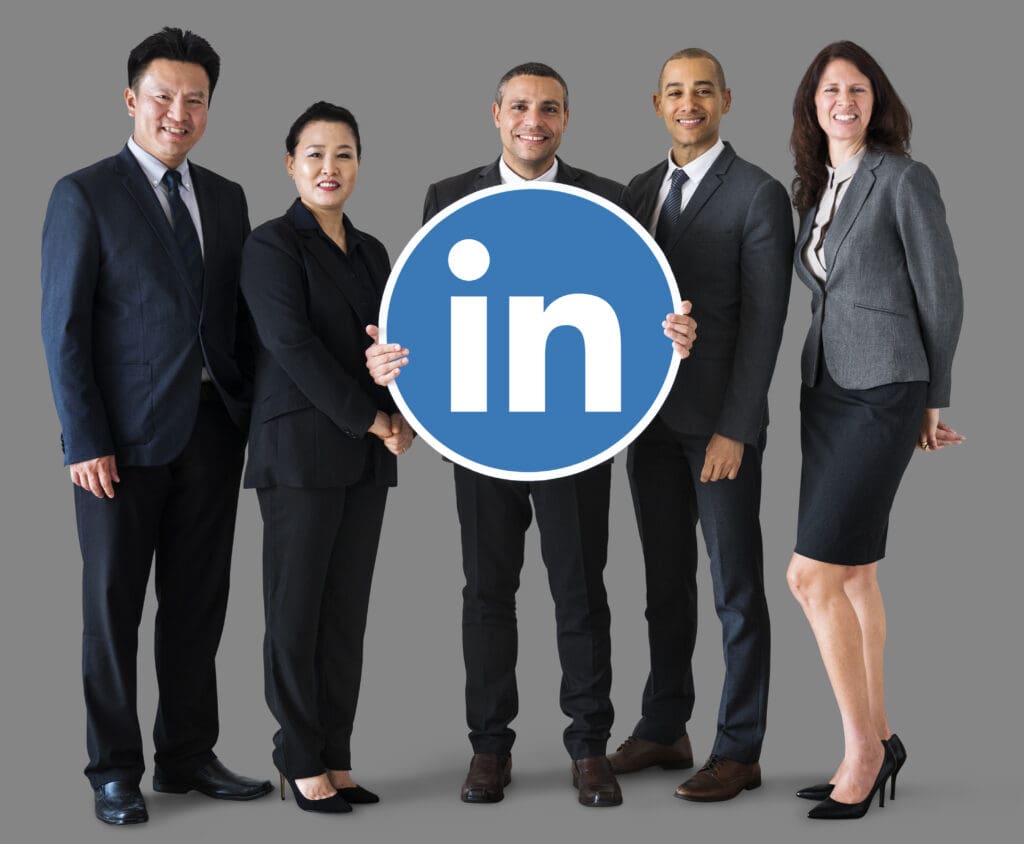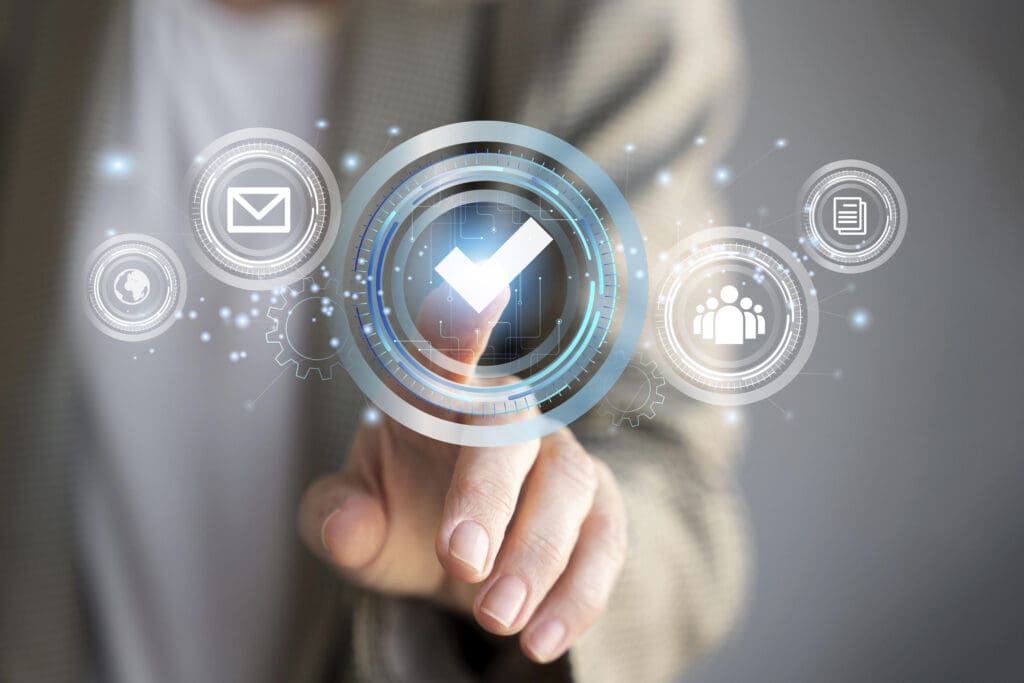
The line between connection and transaction is thinner than ever. With automation tools and AI-assisted outreach on the rise, it’s easy for messages to sound polished but impersonal. Efficient but empty, so to speak. Yet in B2B environments where trust drives buying decisions, authenticity remains the ultimate differentiator.
At Ready For Social, we’ve seen that the most successful LinkedIn outreach doesn’t start with a pitch. It begins with curiosity, empathy, and a human tone. This isn’t just a stylistic choice but a communication strategy grounded in behavioral psychology and proven influence principles.
Let’s explore what authentic outreach really means, why it matters, and how you can master it.
Why Authenticity Is the New Competitive Edge
People buy from people they trust, and trust begins with how you communicate. According to LinkedIn research, 88% of decision-makers say thought leadership influences their perception of a brand. However, that trust doesn’t come from slick messaging or perfect phrasing; it stems from consistency, credibility, and genuine care.
Authentic outreach works because it respects human psychology. When your message feels genuine and conversational, it activates key influence triggers, such as liking, reciprocity, and social proof (Cialdini, 1984). In other words, being warm, giving value first, and sharing a common experience naturally make people more open to connecting.
Authenticity also builds familiarity. When your communication sounds like you — not a corporate script — prospects can picture what a partnership might feel like. That emotional clarity turns a simple LinkedIn chat into the start of a meaningful relationship.
The Foundations of Authentic Communication
To build real rapport on LinkedIn, it helps to anchor your outreach in several key communication principles — the same ones we use at Ready For Social:
1. Curiosity First, Value Second
Start every conversation with curiosity about the other person’s world. What are they posting about? What challenges are they navigating? When you show genuine interest first, your later insights feel like a contribution, not a pitch.
2. Empathy Over Efficiency
The best messages sound human, not hurried. Authentic outreach requires pacing. Allow your contact time to engage, and refrain from rushing to follow up within 24 hours. A thoughtful pause of a few days communicates respect and patience.
3. Give Before You Ask
One of the oldest rules of persuasion still holds true: people respond to generosity. Share an article, insight, or reflection that might genuinely help. When you offer value first, you create natural reciprocity and your following message feels welcome, not intrusive.
4. Align, Don’t Sell
Instead of pushing your solution, look for shared challenges or goals that you can address together. This creates a “we” frame instead of a “you versus me” tone, which is a key insight from negotiation theory (Getting to Yes, Fisher & Ury). When you move from persuasion to collaboration, people listen differently.

Turning Communication Theory into Connection
So how do you bring these principles to life in your day-to-day LinkedIn outreach? Think of each step as part of a relationship arc, not a sales sequence.
· Connection & Welcome (Day 0): Start light and personable. Thank them for connecting, reference something relevant, and open with curiosity.
“Thanks for connecting, [Name]. I’ve been seeing some fascinating posts around [industry] lately — curious what’s been catching your attention on LinkedIn these days?”
· Curiosity & Alignment (Day 3–5): Deepen the dialogue by asking about their perspective or mentioning something they said. Mirror their tone and pace.
“I’ve been hearing similar thoughts from other leaders trying to balance authenticity with brand alignment. How are you approaching that with your team?”
· Value Drop (Day 7–10): Share something useful, such as a relevant blog, article, or short insight. No pressure, just a thoughtful exchange.
“You mentioned team tone earlier. We’ve been exploring the same theme with clients. It’s fascinating how small language shifts make content feel more human.”
· Soft Transition (After Engagement): Once you’ve built rapport, naturally mention your work or suggest a casual exchange of ideas.
“We’ve been studying similar themes at Ready For Social to help teams communicate authentically at scale, which is a big focus for us. Always happy to swap notes.”
This rhythm fosters a relational tone, rather than a transactional one, enabling trust to develop gradually and authentically.

The Psychology Behind What Works
Authentic outreach isn’t just intuition. It is backed by communication science. Here are a few frameworks that explain why it works so well:
· Cialdini’s Principles of Influence: Warmth (liking) and giving value (reciprocity) create natural momentum toward continued engagement.
· Nancy Duarte’s “You–We” Model: Start in their world (“You”) before bridging to shared ideas (“We”). It’s about empathy before expertise.
· Framing Theory: How you frame a message shapes how it’s received. A “shared curiosity” frame invites collaboration, not resistance.
· Social Exchange Theory: Relationships thrive on balance. When you respect the other person’s time and attention, you create a foundation for mutual value.
At its core, authentic outreach honors the other person’s autonomy; it invites, never demands.
Common Mistakes That Undermine Authenticity
Even well-intentioned outreach can fall flat if it feels formulaic or forced. Here’s what to avoid:
· Starting with a pitch or company description.
· Messaging again too soon if there’s no reply.
· Copy-pasting templates that don’t reflect your natural voice.
· Overloading your message with links or jargon.
Instead, focus on being present, responsive, and real. When your outreach feels like the start of a conversation — not a campaign — you immediately stand out.

The Bottom Line: Authenticity Scales
The irony of social selling is that while it happens on a massive digital platform, it succeeds one authentic conversation at a time. The leaders and teams who excel on LinkedIn aren’t the loudest or the most automated; they are the ones who communicate with clarity, empathy, and genuine curiosity.
At Ready For Social, we believe that every LinkedIn message is an opportunity to strengthen your professional reputation, not by pushing harder, but by connecting smarter.
Because when your outreach sounds human, it’s not just social selling anymore. It’s relationship-building at scale.
